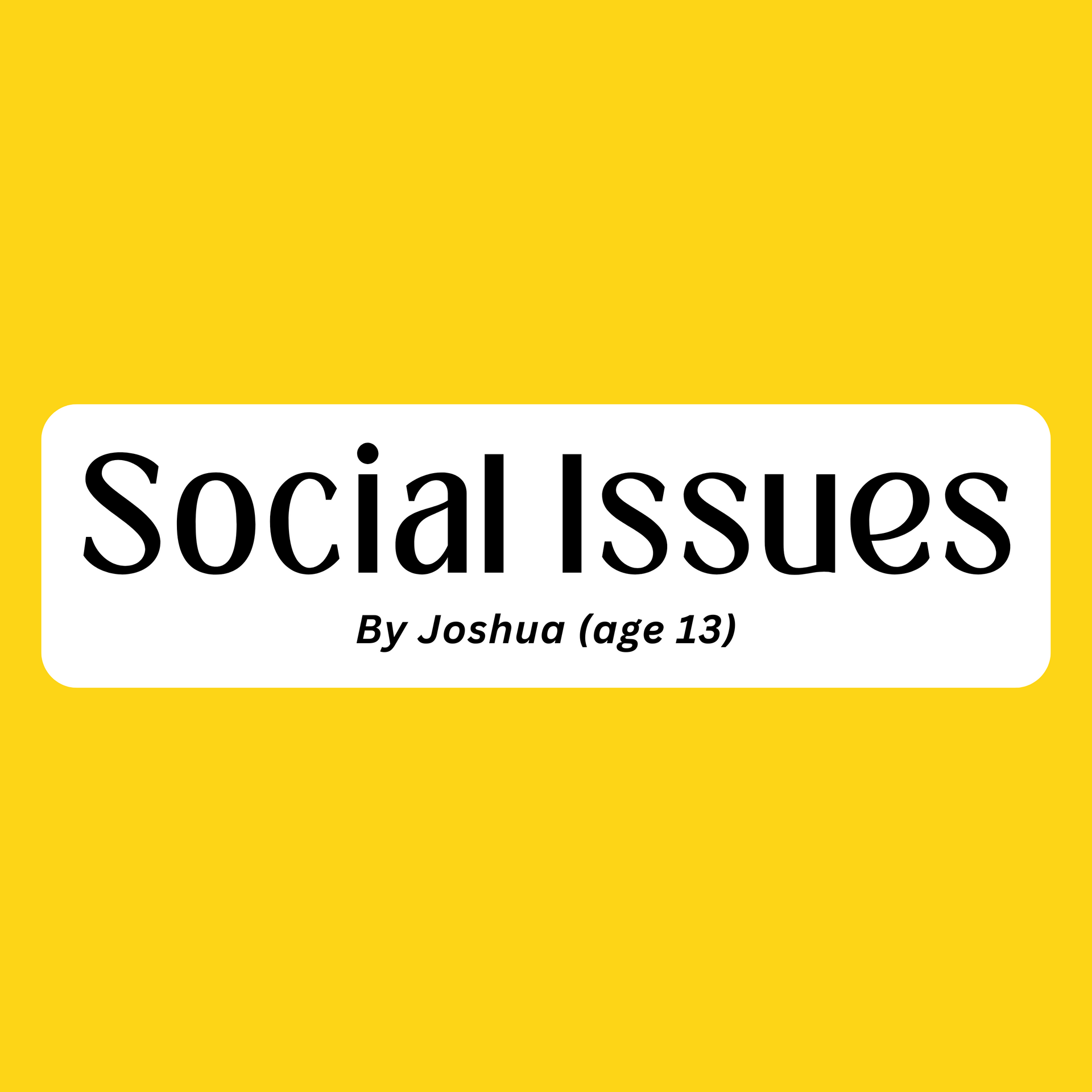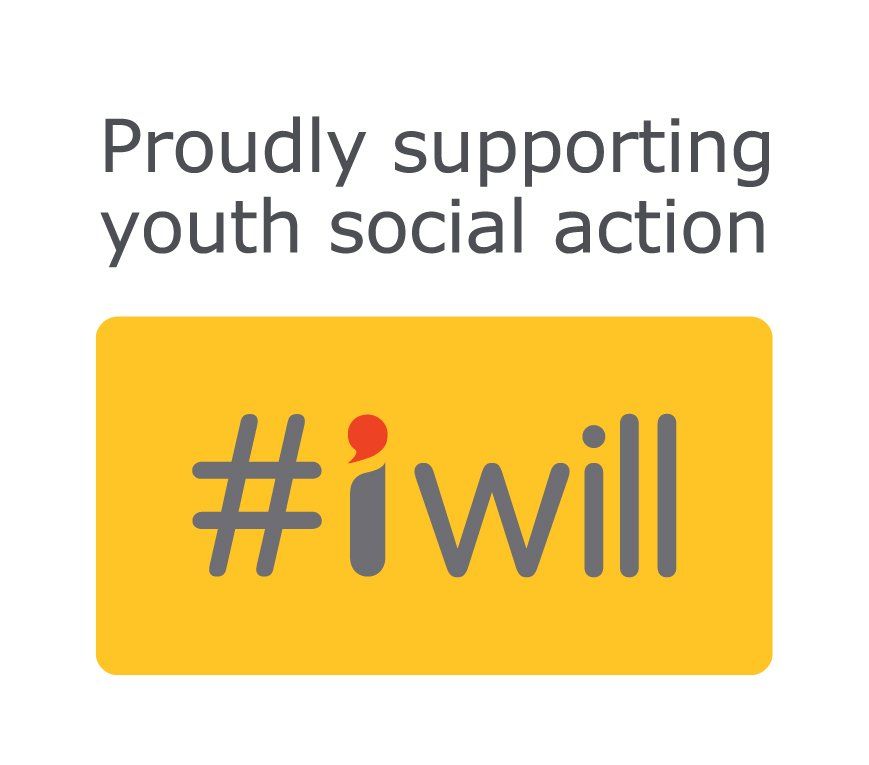Along with sexuality, gender identity is a key part of the LGBTQIA+ (Lesbian, Gay, Bisexual, Transgender, Queer, Intersex, Asexual) community. Since the T in the acronym stands for Transgender, all the gender identities fall under that letter since Transgender is used as an umbrella term.
#iDare Blog: By young people, for young people
Gender Identity
As it’s Pride Month the time of writing, I wanted to talk about a particular part of the LGBTQIA+ community, gender identity and the ongoing debate on whether there are more than two genders. The answer is ‘yes’.
Gender and sex are often mistaken as having the same definition. The common definition a lot people use is that “its determined on what biological and physiological characteristics someone has”. But that is just the definition of sex, not gender.
Gender, on the other hand, is a social construct which determines the expression and behaviour of an individual. Basically, how the person perceives themselves to be and how they act and interact in society. Also, gender is not a binary which means it’s not confined to just man or woman. Like a lot of similar things, gender is on a spectrum and not everyone is the same.
Because of a lot of discrimination today, Pride Month is still really important to show support and educate. Transphobia has risen in the past few years, which has included attacks and even trans people being killed because of who they are. As of 2021, it’s still illegal to be LGBT in 71 countries and in 11 of those, it can result in the death penalty if caught.
Trans is probably the most well-known gender identity and is used as an umbrella term for other gender identities. The word originally comes from the Latin meaning of “on the other side of”. The term describes people whose gender is not the same or is uncomfortable with the sex they were assigned with at birth.
Speaking of pronouns, when talking to someone who identifies as non-binary, typically they would have different pronouns instead of going by he/him or she/her which cisgender people (who’s gender identity match the sex they were born as) go by. Normally, someone who is non binary uses they/them pronouns or something like xe/xem, ze/hir or even it/its. These pronouns feel right for the people using them and should be respected when talking to or about them. You wouldn’t like it if someone is using different pronouns to refer to you, the same applies for all trans and non-binary people.
So, if you don’t fully understand someone’s gender identity, don’t be bigoted and be rude to them, be respectful because they are real people and find their gender identity comfortable. It’s not difficult and there’s no excuse for transphobia.
Happy Pride!


















